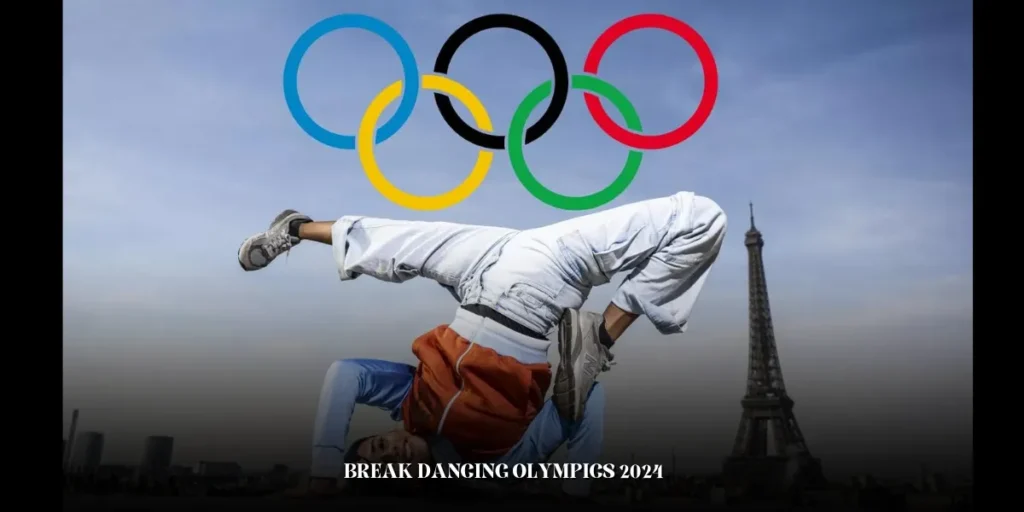
Breakdancing Makes Olympic Debut: A New Era Begins at Paris 2024
The break dancing olympics 2024 Paris Olympics marks a pivotal moment in sports history as breakdancing, often referred to as breaking, makes its long-awaited debut on the world’s most prestigious athletic stage. This revolutionary inclusion signals a transformative shift, recognizing not just traditional athleticism but also the creative and cultural expressions of urban street culture.
Breaking: From Bronx Streets to Olympic Glory
Breaking’s journey to the Olympics is nothing short of extraordinary. Originating in the Bronx, New York during the 1970s, breaking emerged as one of the four key elements of hip-hop culture, alongside DJing, MCing, and graffiti art. It began as a form of artistic expression, deeply rooted in the struggles and triumphs of marginalized communities. The dance form quickly spread beyond its local origins, captivating audiences worldwide with its raw energy, innovative moves, and rhythmic syncopation.
Breaking is characterized by its intricate footwork, powerful spins, and gravity-defying freezes, all performed to the beats of breakbeats or hip-hop tracks. Over the decades, it has evolved from spontaneous street battles into highly organized competitions, with crews and solo dancers (known as breakers) vying for supremacy in events across the globe.
The Olympic Breaking Format: Showcasing Skill and Creativity
The format for Olympic breaking is designed to highlight the skill, creativity, and individuality of the competitors. Breakers compete in a series of one-on-one battles, where they showcase their unique styles and signature moves. The competition is divided into two primary rounds: the qualification round and the final round.
- Qualification Round: In this initial stage, breakers compete to secure their place in the finals. Each breaker performs a set routine, demonstrating their mastery of foundational moves, musicality, and originality. The goal is to impress the judges and rank high enough to advance.
- Final Round: The stakes are higher in the final round, where the best breakers face off in intense head-to-head battles. Judges assess the performances based on several criteria, including technique, creativity, musical interpretation, and showmanship. The winner of each battle progresses, with the ultimate champion earning the coveted Olympic gold medal.
Judging Criteria: What Sets Olympic Breaking Apart
The judging in Olympic breaking is as rigorous as in any traditional sport. A panel of expert judges evaluates each breaker on several key criteria:
- Originality: The ability to create unique moves and combinations that stand out from the rest.
- Technique: Precision in execution of complex movements, including spins, freezes, and footwork.
- Musicality: The breaker’s ability to synchronize their moves with the rhythm and beats of the music.
- Showmanship: The overall performance quality, including stage presence and interaction with the audience.
This detailed and multifaceted judging system ensures that the most skilled and creative breakers are rewarded, elevating the art form to new heights on the Olympic stage.
A New Generation of Breakers: Diverse Talents from Around the World
The inclusion of breaking in the Olympics has attracted a new generation of athletes who are eager to showcase their talents on this global platform. These breakers come from diverse cultural backgrounds, each bringing their unique flair to the competition. Countries that have long embraced breaking as part of their cultural fabric, such as South Korea, France, Japan, and the United States, are sending some of their best athletes to compete.
This diversity is one of the strengths of Olympic breaking. Each competitor brings their own style, influenced by their cultural heritage and personal experiences. This rich tapestry of styles not only adds to the excitement of the competition but also highlights the universal appeal of breaking.
Impact of Breaking on the Olympics: A Fusion of Sport and Culture
The introduction of breaking into the Olympics is a testament to the evolving nature of the Games. The International Olympic Committee (IOC) has shown a clear intent to modernize the Olympics by including sports that resonate with younger audiences. Breaking, with its dynamic movements and cultural significance, is a perfect fit for this vision.
The presence of breaking is expected to draw a new demographic to the Olympic viewership. The sport’s vibrant and visually engaging nature makes it a potential crowd-puller, both in the stadiums and on global broadcast networks. This not only helps to diversify the audience but also enhances the overall spectacle of the Games.
Moreover, the inclusion of breaking emphasizes the Olympics’ role as a cultural platform, celebrating not just athletic prowess but also artistic expression and creativity. It reflects a broader acceptance of urban culture and its contributions to global society, further enriching the cultural narrative of the Olympics.
The Future of Breaking: Beyond the 2024 Paris Olympics
The Olympic debut of breaking is expected to have a lasting impact on the sport. As breaking gains more mainstream recognition, it is likely to see an increase in participation and interest worldwide. The exposure from the Olympics could lead to more opportunities for breakers, including sponsorship deals, media appearances, and expanded competitive circuits.
In addition, the Olympics may serve as a catalyst for the development of new breaking styles and innovations. As more dancers are inspired by the Olympic performances, we can expect to see the sport evolve with fresh techniques and creative expressions, ensuring that breaking remains a dynamic and ever-changing discipline.
The potential for breaking to influence other aspects of the dance world and beyond is also significant. Its inclusion in the Olympics could inspire a new generation to take up dance, fostering a broader appreciation for the physical and artistic demands of the sport.
Conclusion: A Historic Milestone in Sports and Culture
The inclusion of breakdancing in the 2024 Paris Olympics marks a historic milestone, not just for the sport itself but for the broader Olympic movement. It signifies a recognition of the cultural and athletic value of breaking, elevating it to the highest level of international competition.
